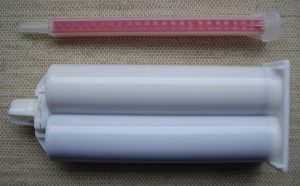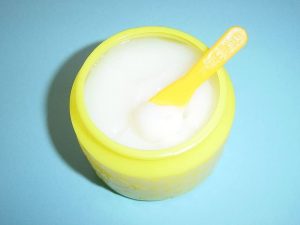
08 Jul What is epoxy adhesives
When it comes to attaching metal to metal, there are a variety of options available. These include MS polymer adhesives, UV curable adhesives, cyanoacrylate adhesives, anaerobic adhesives, and – of course – structural adhesives, including epoxies.
Image Credit
Epoxy adhesives
One of the group known as structural adhesives, epoxy adhesives are an excellent choice for metal to metal bonding. This is because they can form stress-resistant bonds that can deal with a range of temperatures.
How are epoxies made?
Epoxies are created through the polymerisation of the resin and the hardener. When the resin is mixed with a certain type of catalyst, the curing process is initiated, which results in an exothermic reaction. Covalent bonds between the resin and the hardener that arise from this combination allow the polymer to be cross-linked, with these bonds dictating the strength/rigidity of the epoxy.
If you wish to know more about metal bonding adhesives, why not take a look at the website of an expert in metal bonding adhesives?
The global epoxy adhesives market is expected to grow by approximately 5.5 per cent over the next five years, reaching a value of $2.3bn (£1.75) by 2020.
Common types of epoxy adhesives
Epoxy adhesives are normally available as either one-component or two-component systems.
The one-component versions are cured at temperatures between 250°F and 300°F and produce an adhesive that gives high strength and outstanding resistance to environmental and chemical forces. This type of adhesive is even used as an alternative to rivets and welding. The process is more efficient and quicker than with two-component systems. These adhesives are especially suited for bonding large areas; for example, they are used in the aerospace industry, notably for helicopter rotor blades and aircraft panels.
Two-component versions are suitable for bonding nearly all surfaces. Curing occurs at a standard rate at room (ambient) temperature; however, this process can be accelerated by increasing the temperature, although this also shortens the work life. These two-component versions can withstand a constant weight/force over a prolonged period of time and are resistant to most physical and chemical influences. They are versatile and are used in many industries, including aerospace, electronics, and medical equipment manufacturing. There are several variants available that can resist high temperatures – up to 390°F – and water.



No Comments